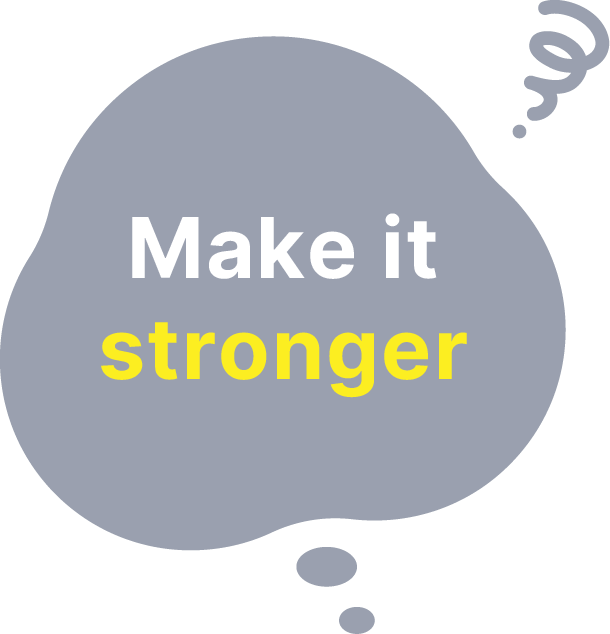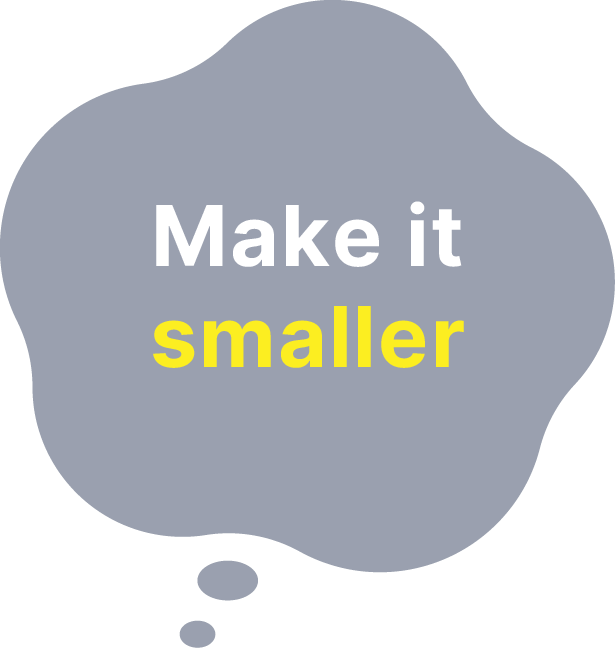Thinking development, prototyping, and molds

Thinking
Development
Process
Yoshida is also strong in the development process.

Solving new development challenges
PROCESS 01

Reducing lead time to achieve short delivery times
PROCESS 02

Improved quality through a variety of analytical approaches
PROCESS 03
For those struggling with new product development





mold design
The quality of the casting is determined by the mold design.

Modeling using the latest 3D CAD and a wide range of prototyping methods
The motto of Yoshida’s Business Development Department (mold design) is “The quality of the casting is determined by the mold design.”
Involved in the casting industry for over 50 years, we design optimal molds using our accumulated know-how, the ideas of our engineers, and the latest CAD/CAM.
In the prototyping process, we are able to approach a variety of prototyping methods, including not only wooden and sand molds, but also mold prototyping with a view to mass production and total cutting by machining. We also manufacture a variety of shell cores in-house using 3D printers for sand molds and core molding equipment, and can flexibly handle hollow, thin-walled, and complex-shaped castings.
| Supported Formats | GES(IGS), STEP(STP), Parasolid(x_t,x_b) |
|---|---|
| CAD/CAM | hyperMILL (OPEN MIND Technologies AG) hyperCAD (OPEN MIND Technologies AG) SolidWorks (Dassault Systèmes) SolidWorks 2007 (Dassault Systèmes) SolidWorks 2014 (Dassault Systèmes) |

Quick prototype production using a sand mold additive 3D printer
Features of a sand mold 3D printer
- No wooden mold is required, sand molds can be made from 3D data
- Leads to shorter manufacturing times and lower costs
- Flexible response to design changes

By using a sand mold 3D printer to produce,
delivery times are reduced by half or more compared to conventional methods.
*Compared to our actual results
CAE flow analysis and 3D digitizer
The modeled data is used to perform a casting simulation using CAE.
By checking for design flaws in advance and making repeated corrections, we minimize the number of tries, contributing to shorter delivery times and improved quality.
The finished casting is measured using a non-contact 3D scanner (digitizer).
By quickly visualizing the differences between the casting and CAD data and providing feedback, we shorten the lead time for evaluating prototypes and making corrections.









